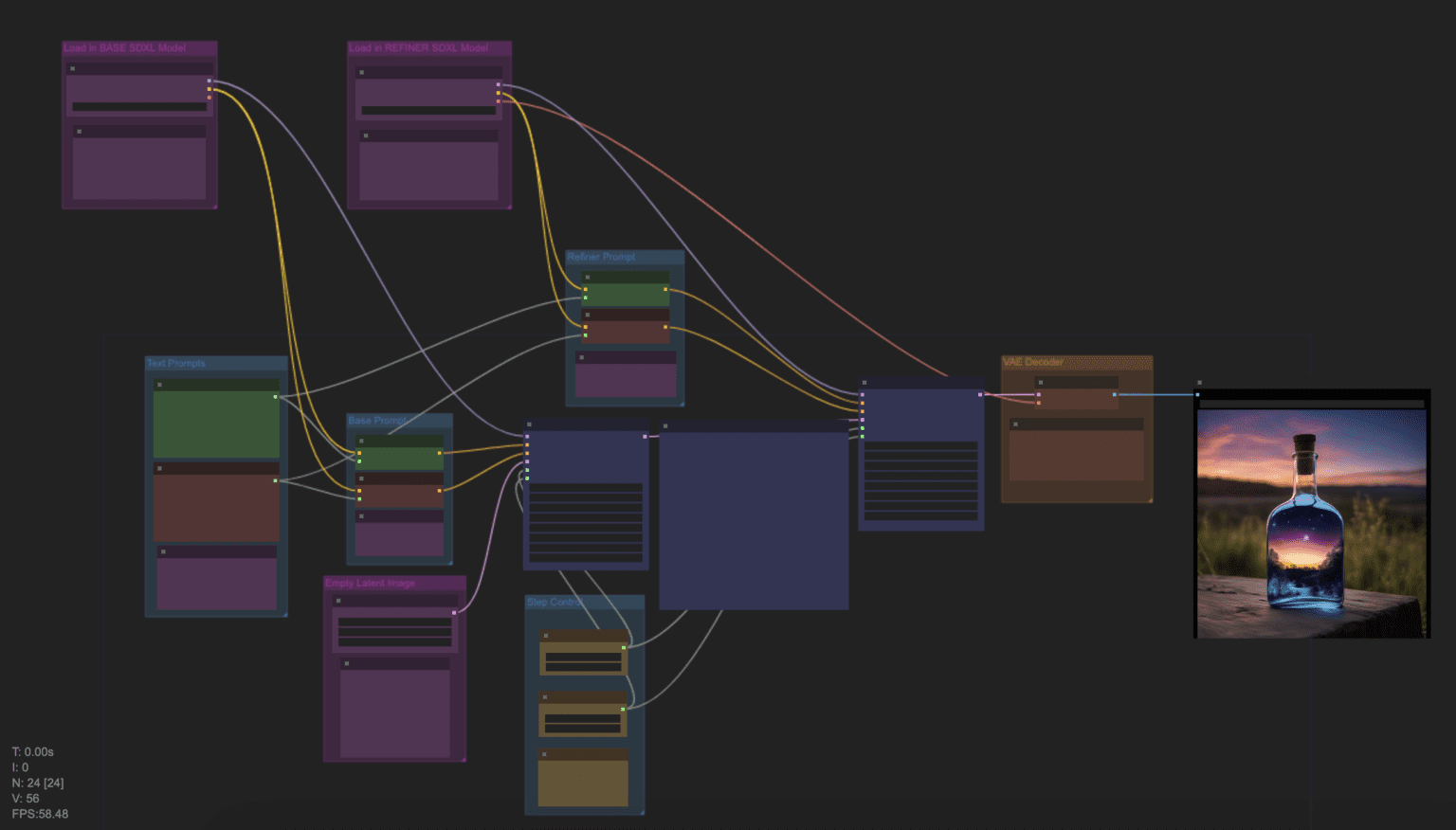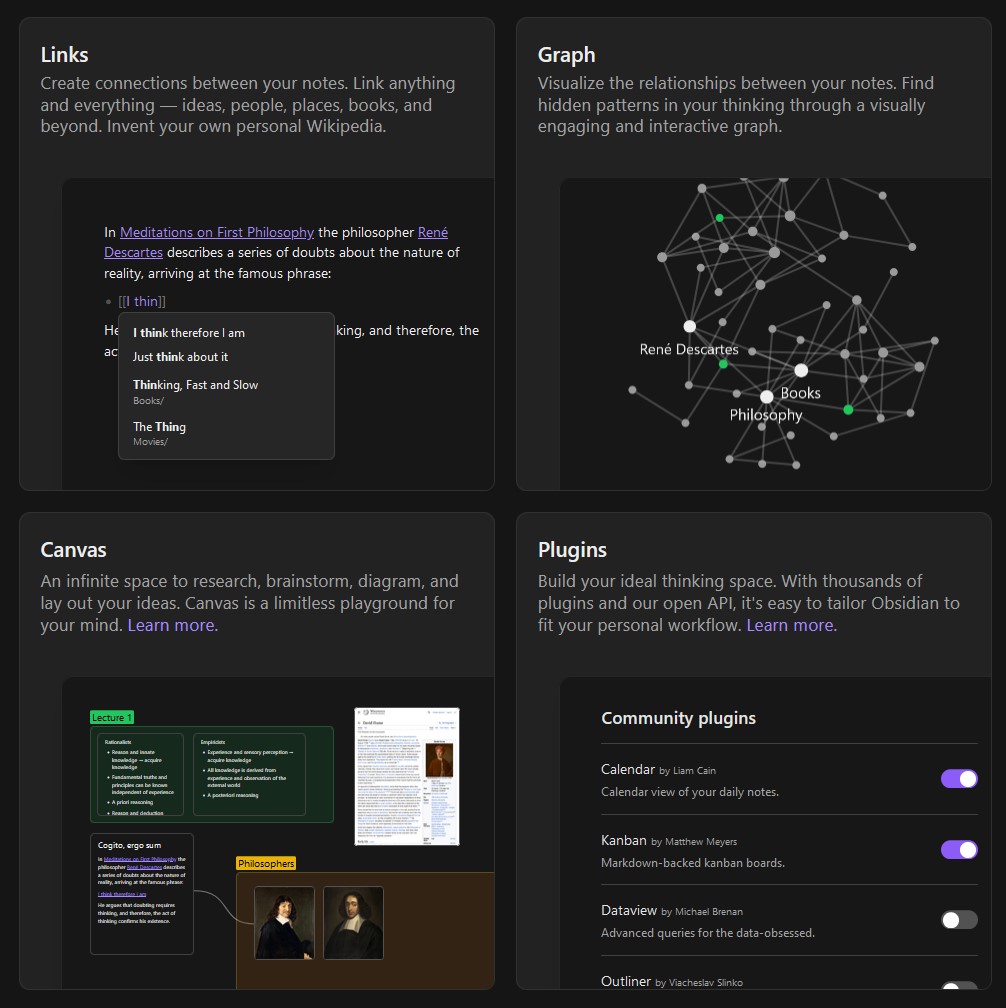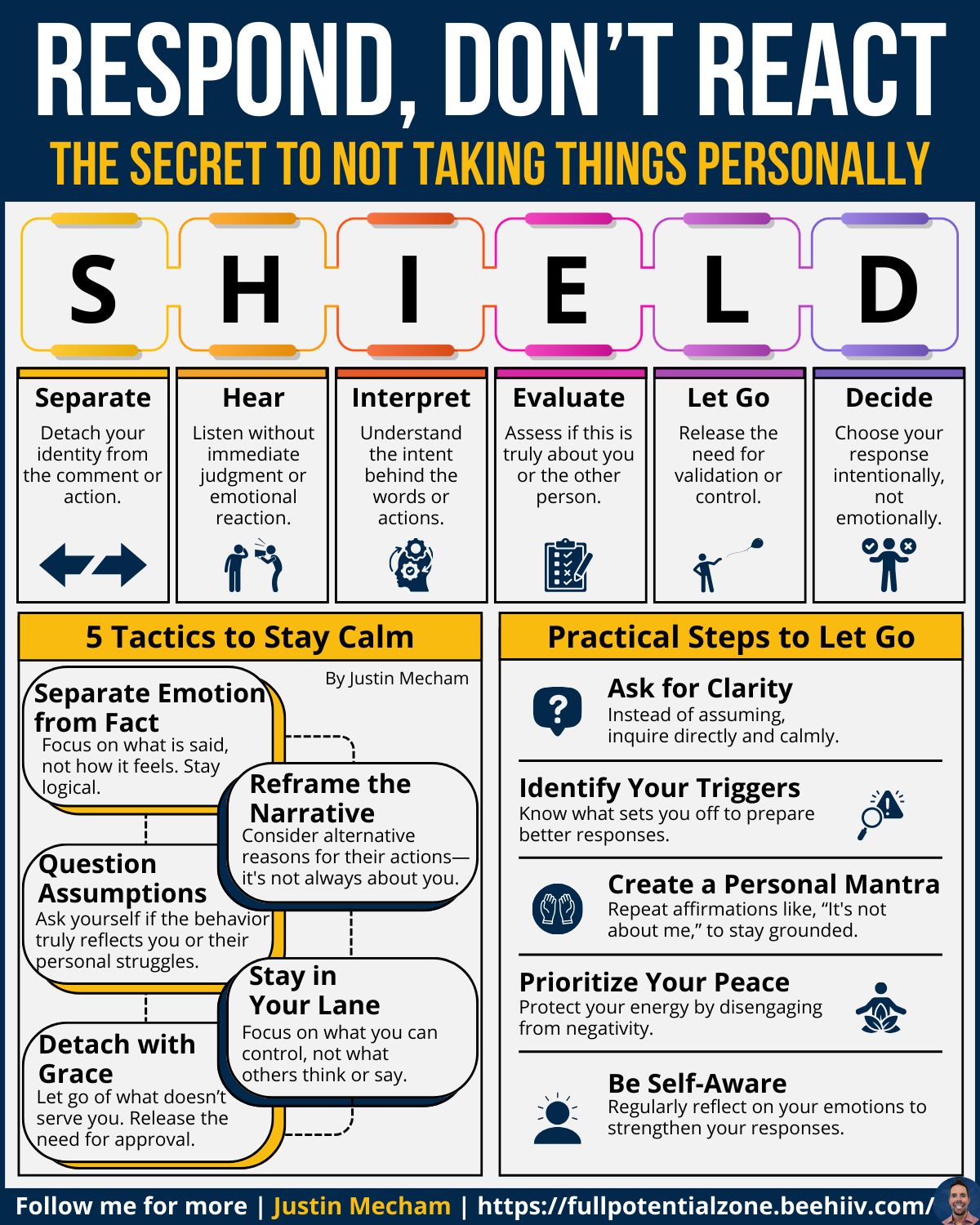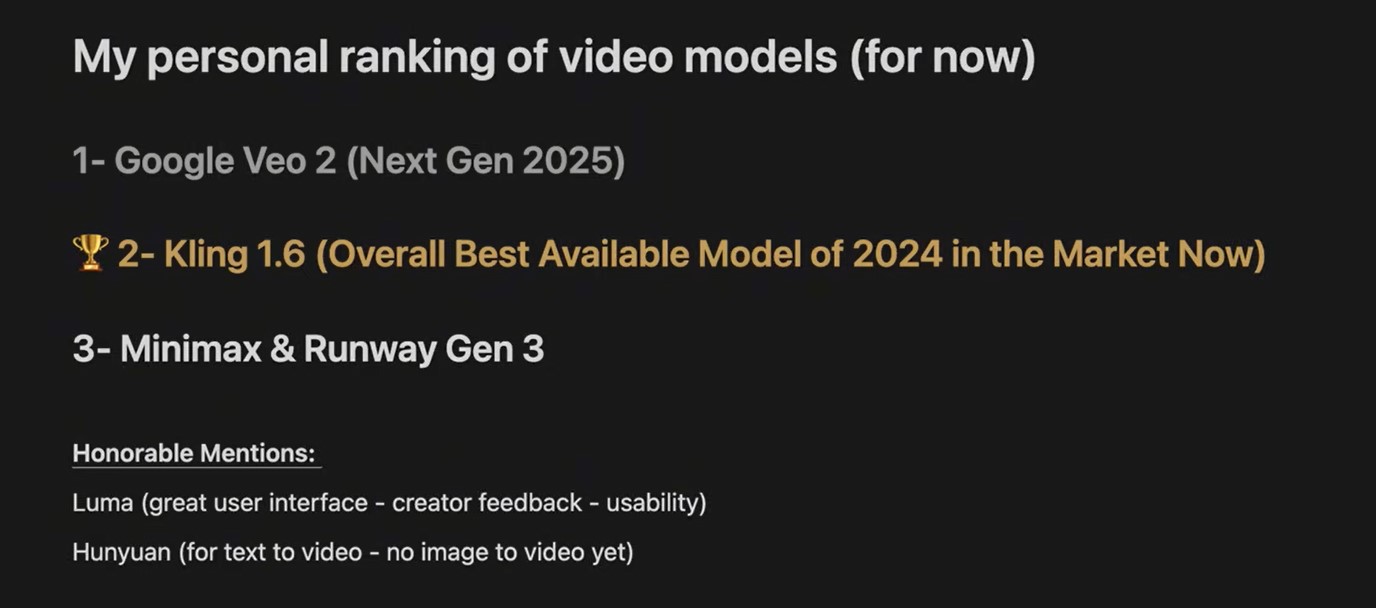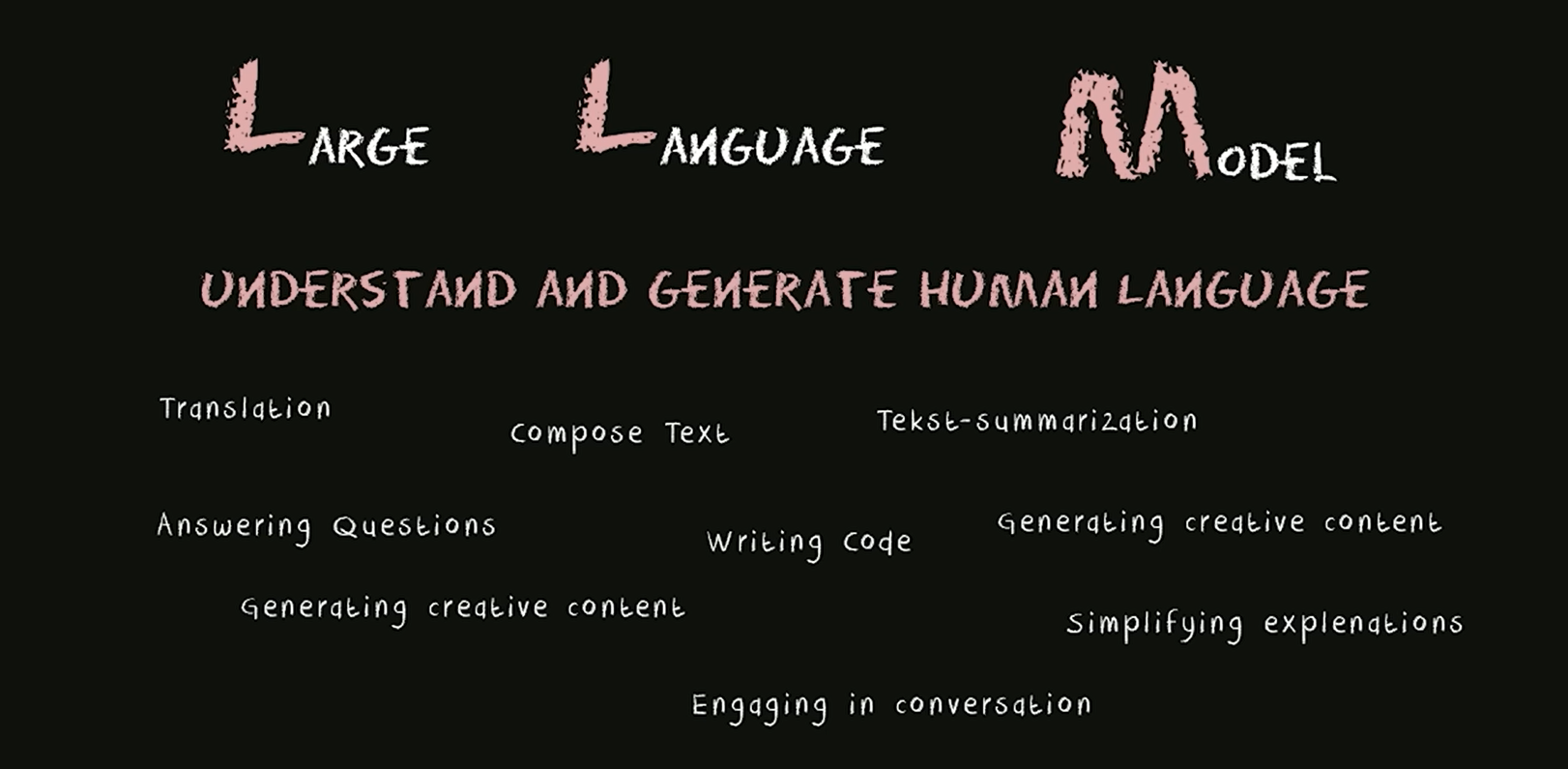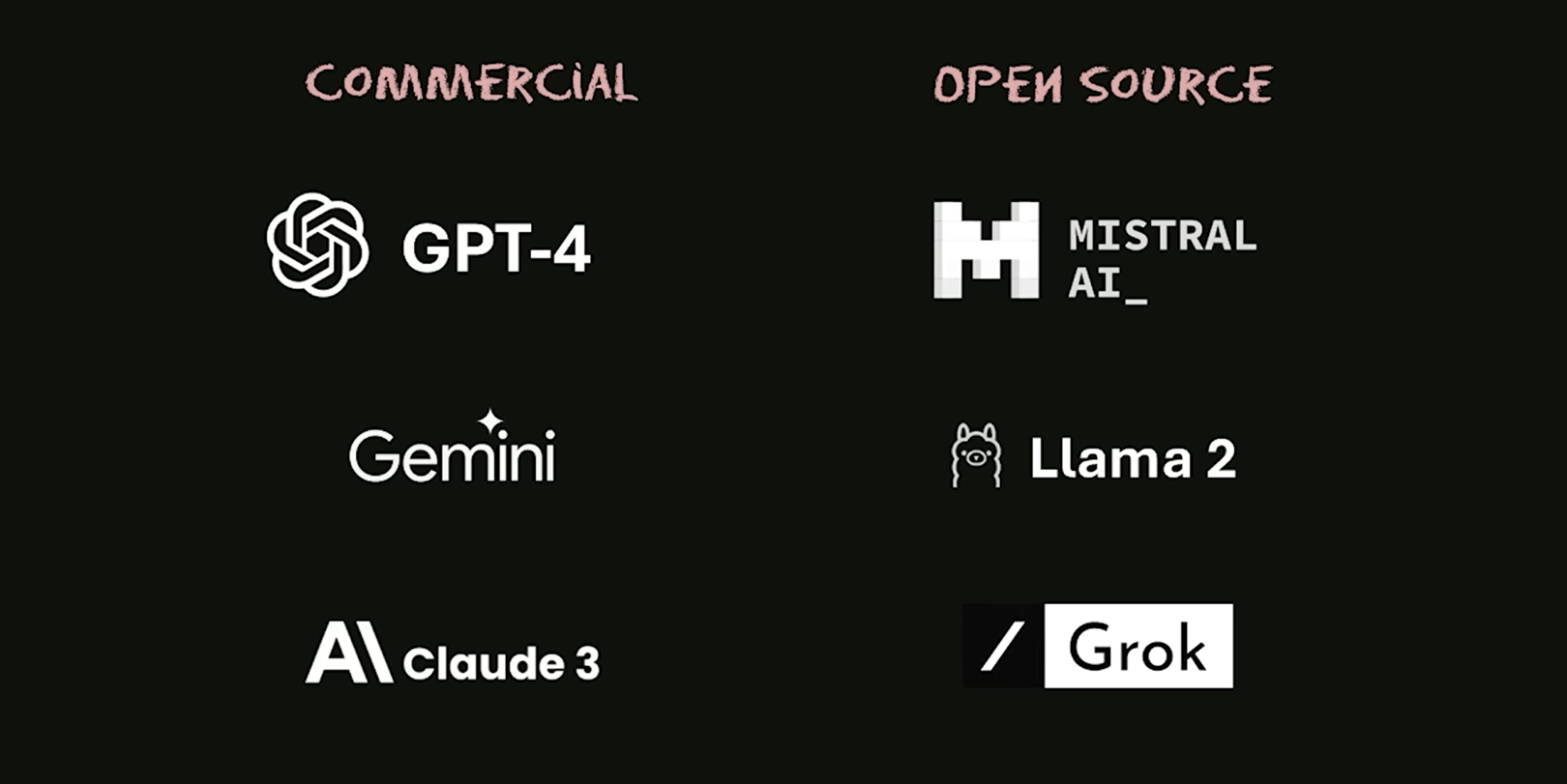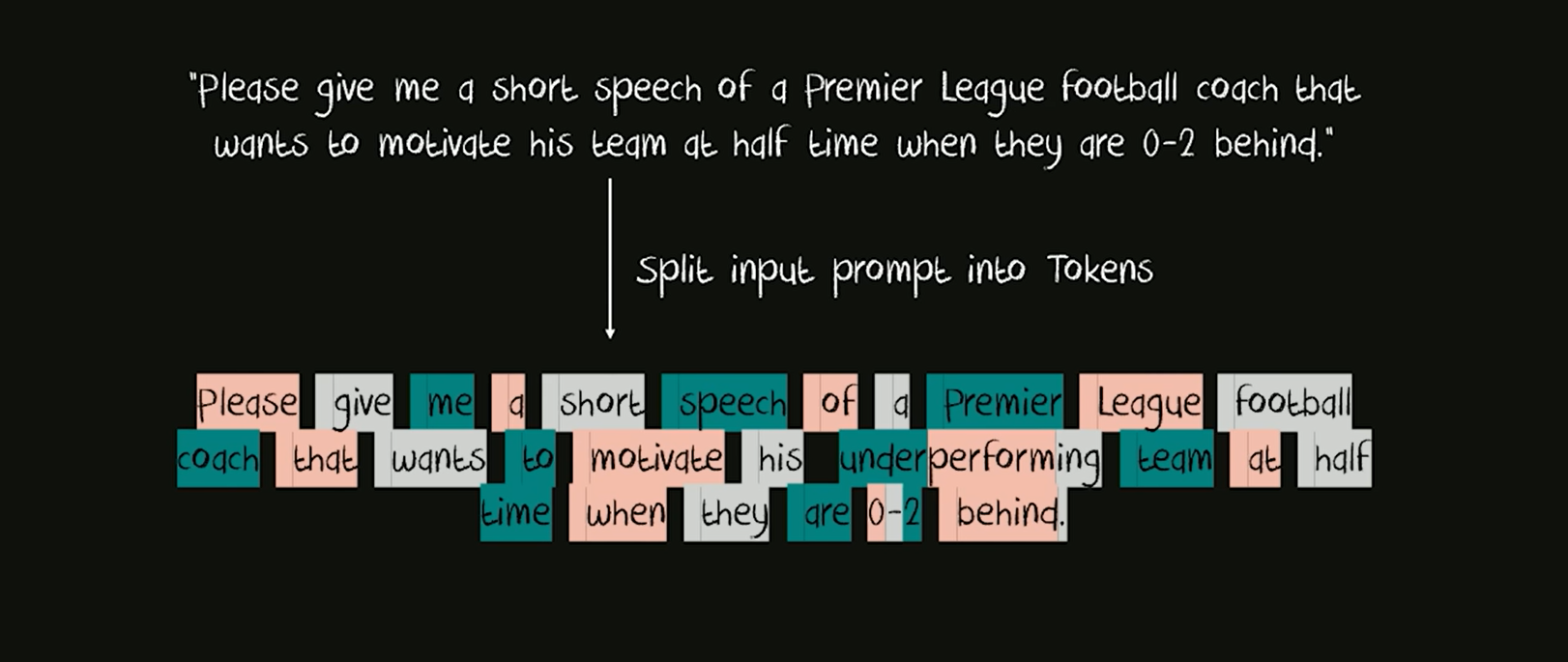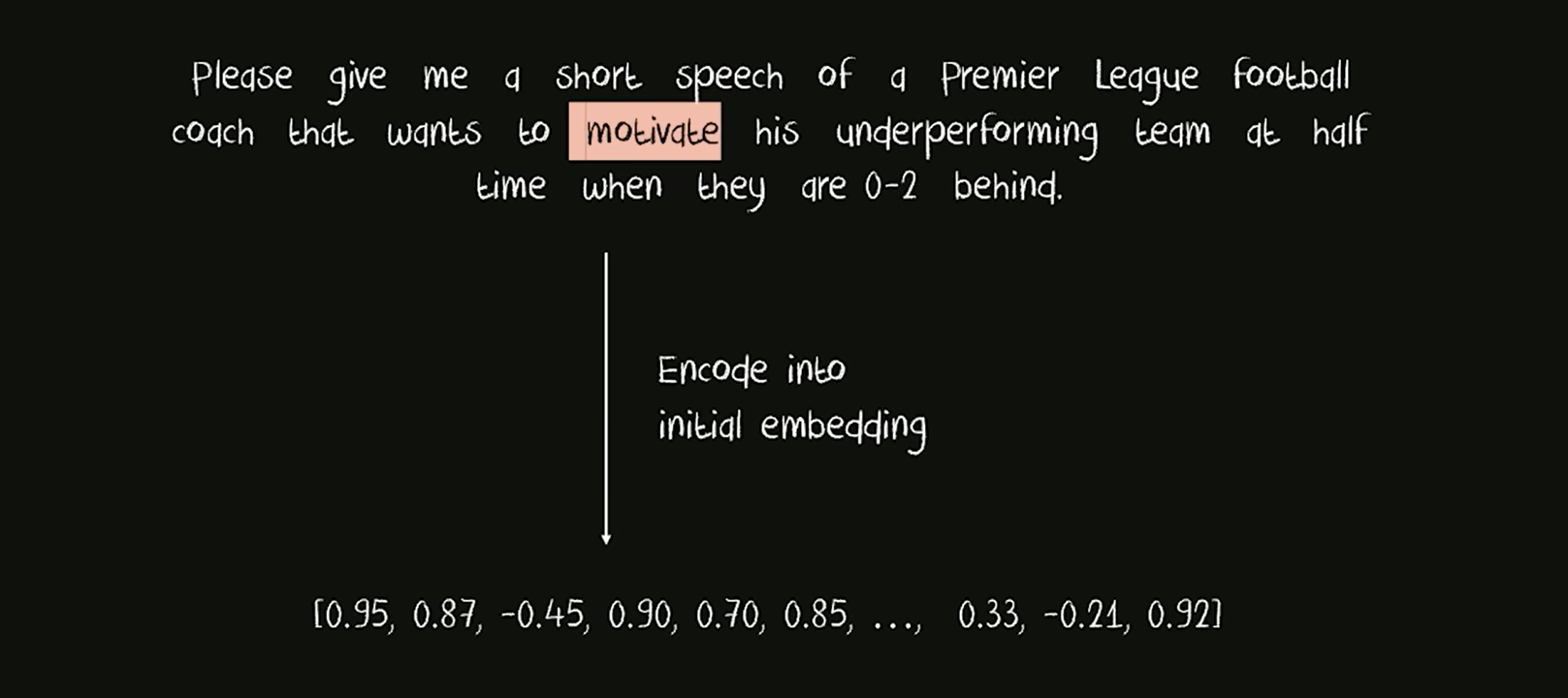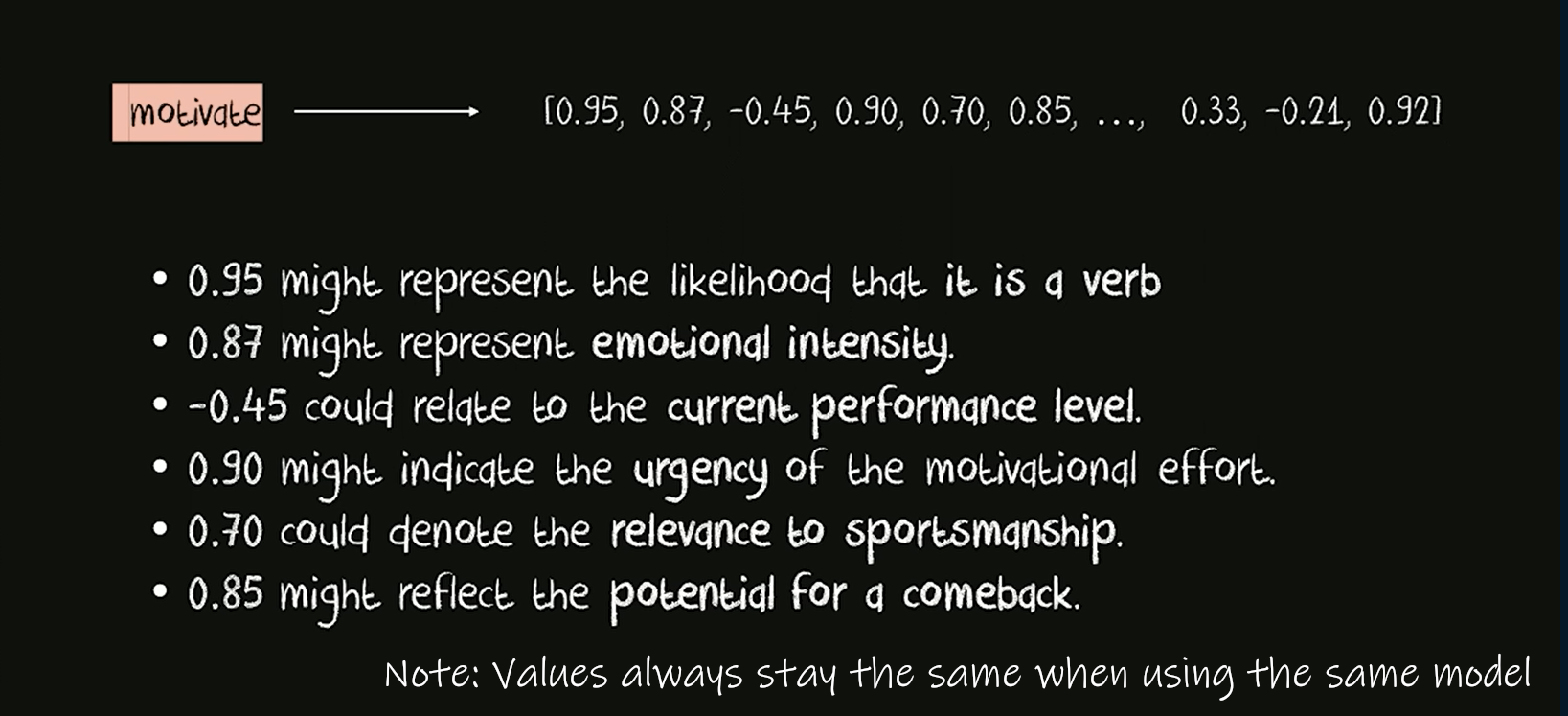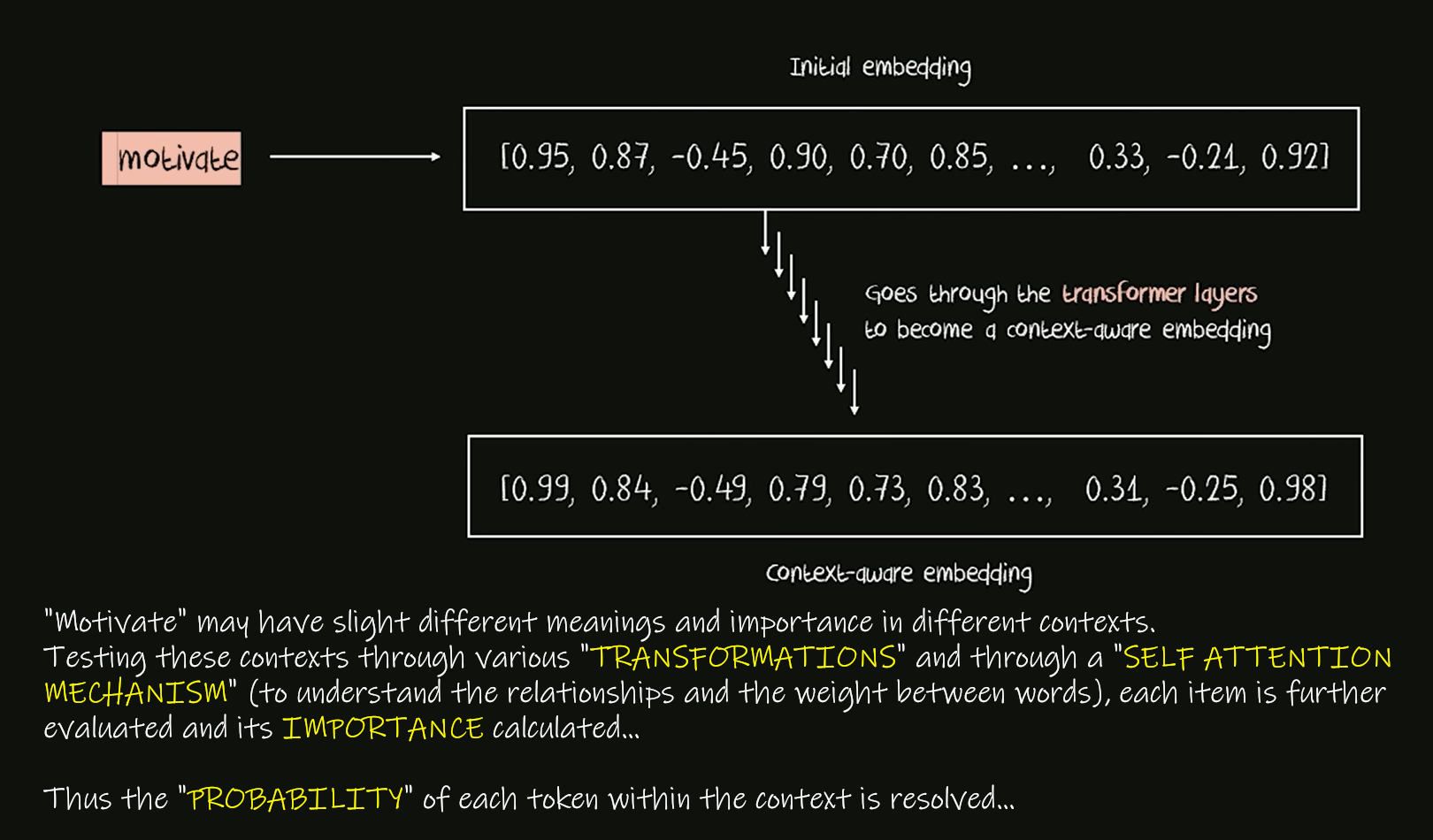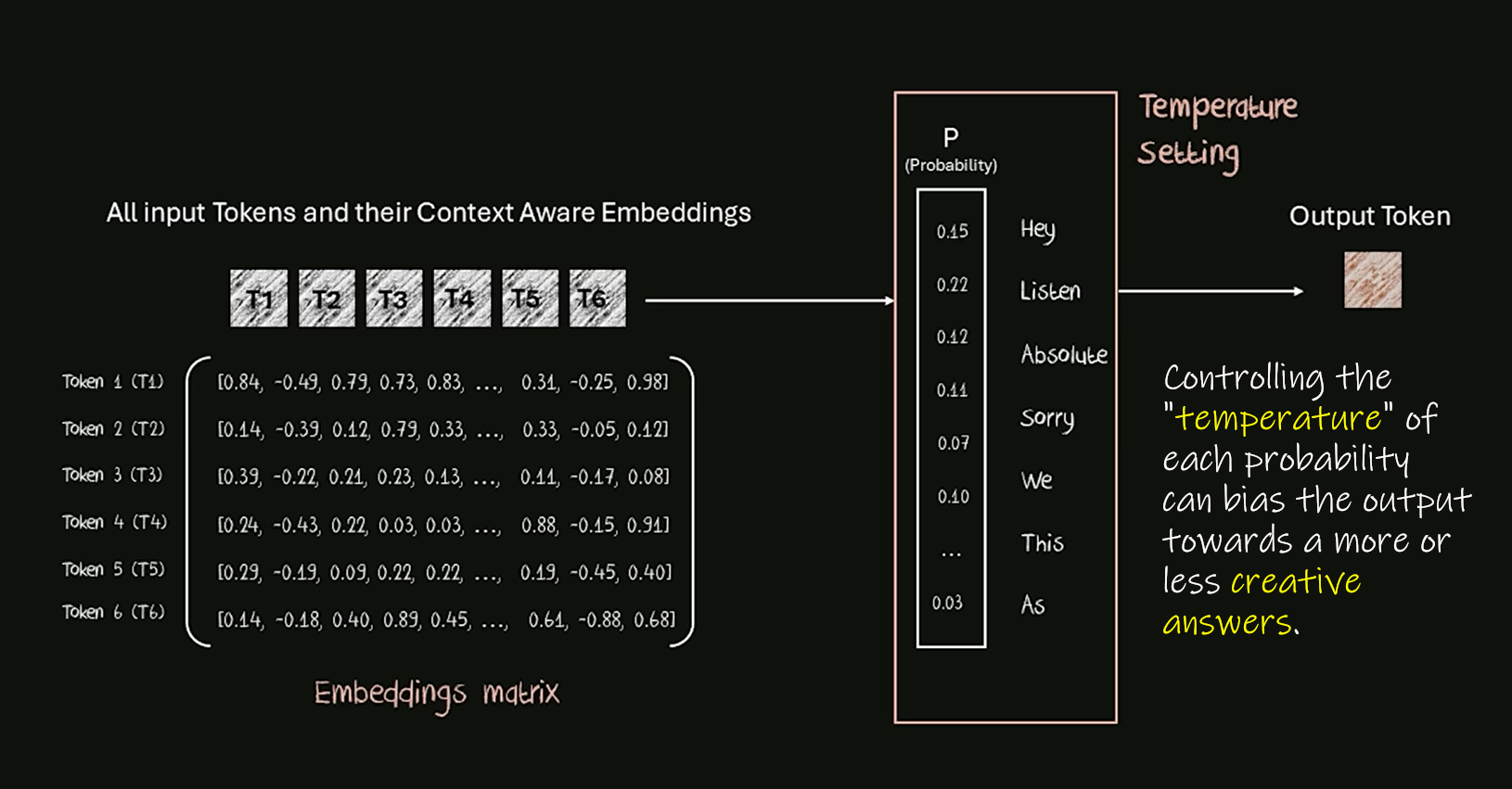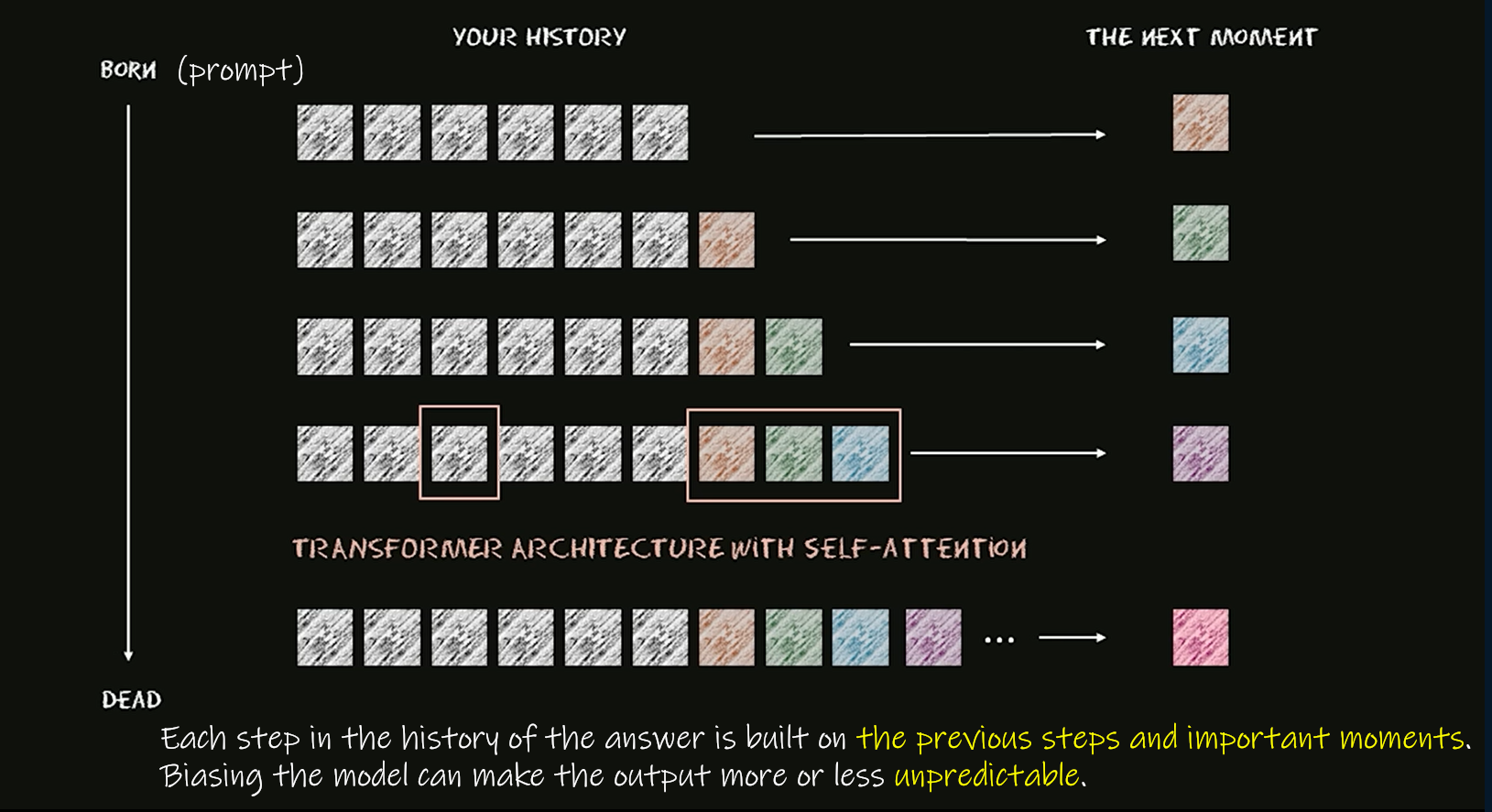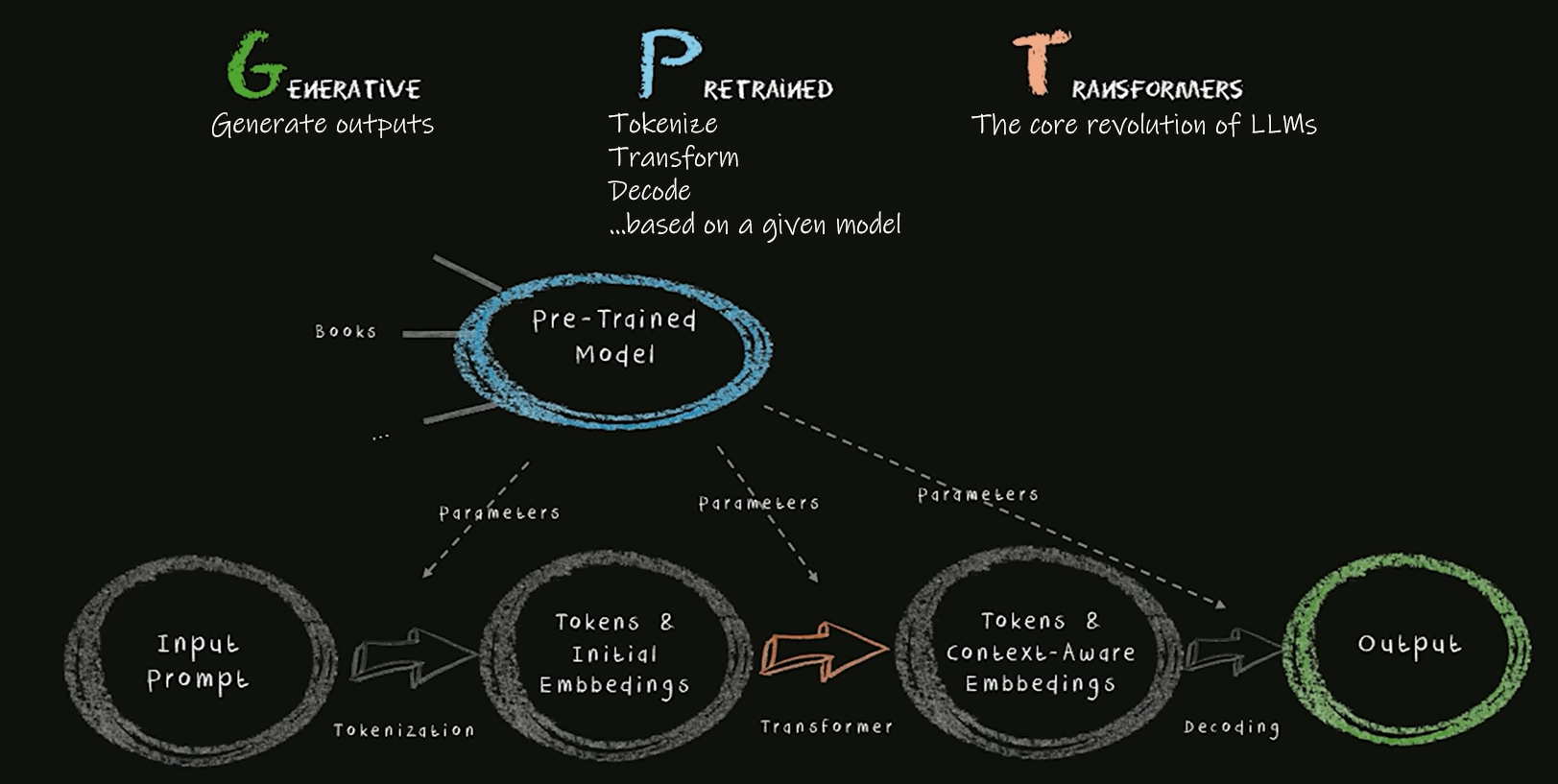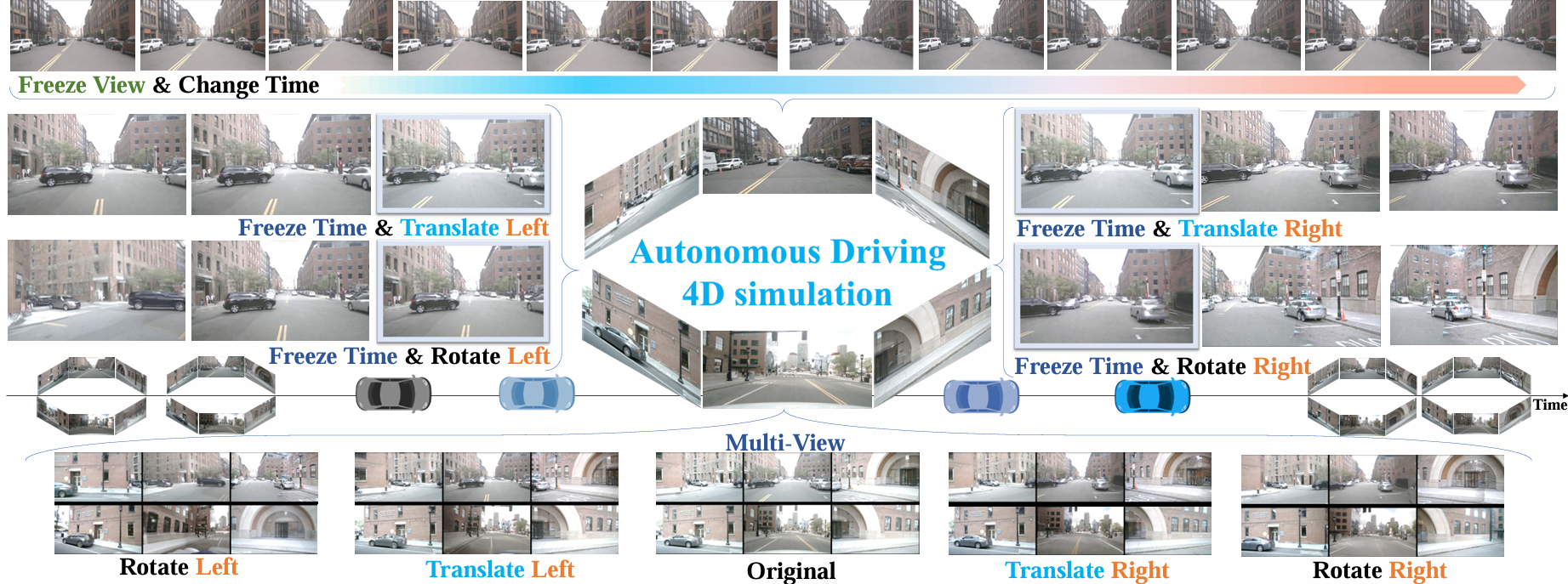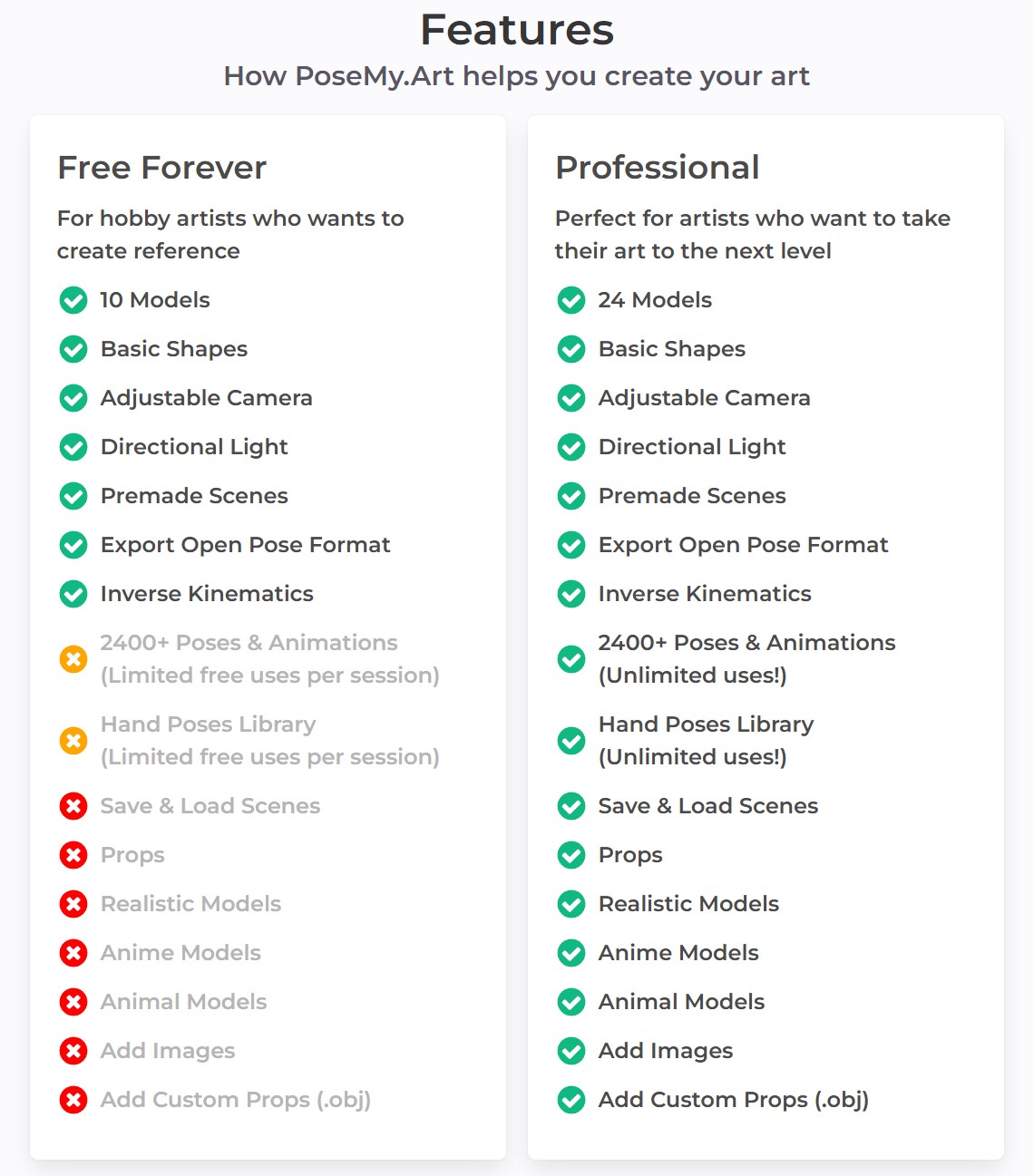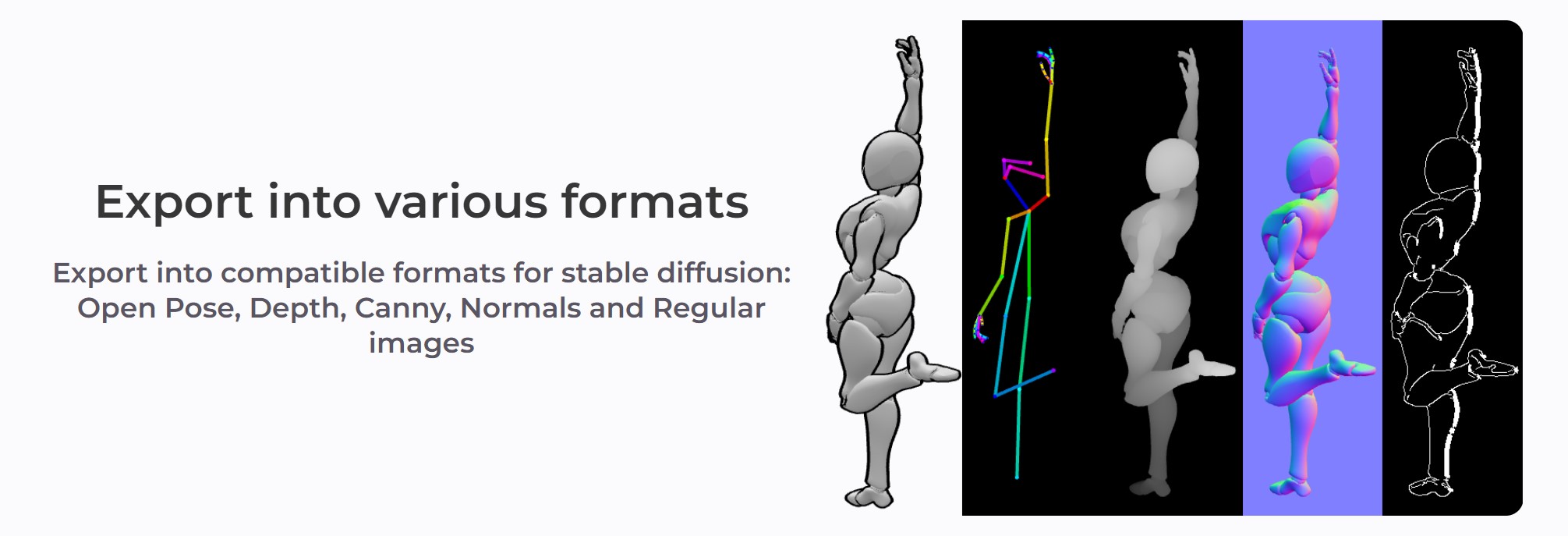-
Eddie Yoon – There’s a big misconception about AI creative
You’re being tricked into believing that AI can produce Hollywood-level videos…
We’re far from it.
Yes, we’ve made huge progress.
A video sample like this, created using Kling 1.6, is light-years ahead of what was possible a year ago. But there’s still a significant limitation: visual continuity beyond 5 seconds.
Right now, no AI model can maintain consistency beyond a few seconds. That’s why most AI-generated concepts you’re seeing on your feed rely on 2–5 second cuts – it’s all the tech can handle before things start to fall apart.
This isn’t necessarily a problem for creating movie trailers or spec ads. Trailers, for instance, are designed for quick, attention-grabbing rapid cuts, and AI excels at this style of visual storytelling.
But, making a popular, full-length movie with nothing but 5-second shots? That’s absurd.
There are very few exceptions to this rule in modern cinema (e.g., the Bourne franchise).
To bridge the gap between trailers and full-length cinema, AI creative needs to reach 2 key milestones:
– 5-12 sec average: ASL for slower, non-action scenes in contemporary films – think conversations, emotional moments, or establishing shots
– 30+ sec sequences: Longer, uninterrupted takes are essential for genres that require immersion – drama, romance, thrillers, or any scene that builds tension or atmosphere
Mastering longer cuts is crucial.
30-second continuous shots require a higher level of craftsmanship and visual consistency – you need that 20-30 seconds of breathing room to piece together a variety of scenes and create a compelling movie.
So, where does AI creative stand now?
AI is already transforming industries like auto, fashion, and CPG. These brands can use AI today because short, 2–5 second cuts work perfectly in their visual language. Consumers are accustomed to it, and it simply works. This psychological dynamic is unlikely to change anytime soon.
But for AI to produce true cinema (not just flashy concepts) it needs to extend its visual consistency. And every GenAI company is racing to get there.
The timeline?
Next year, expect breakthroughs in AI-generated content holding consistency for 10+ seconds. By then, full-length commercials, shows, and movies (in that order) will start to feel more crafted, immersive, and intentional, not just stitched together.
If you’re following AI’s impact on creativity, this is the development to watch. The companies that solve continuity will redefine what’s possible in film.

-
Andreas Horn – Want cutting edge AI?
𝗧𝗵𝗲 𝗯𝘂𝗶𝗹𝗱𝗶𝗻𝗴 𝗯𝗹𝗼𝗰𝗸𝘀 𝗼𝗳 𝗔𝗜 𝗮𝗻𝗱 𝗲𝘀𝘀𝗲𝗻𝘁𝗶𝗮𝗹 𝗽𝗿𝗼𝗰𝗲𝘀𝘀𝗲𝘀:
– Collect: Data from sensors, logs, and user input.
– Move/Store: Build infrastructure, pipelines, and reliable data flow.
– Explore/Transform: Clean, prep, and detect anomalies to make the data usable.
– Aggregate/Label: Add analytics, metrics, and labels to create training data.
– Learn/Optimize: Experiment, test, and train AI models.𝗧𝗵𝗲 𝗹𝗮𝘆𝗲𝗿𝘀 𝗼𝗳 𝗱𝗮𝘁𝗮 𝗮𝗻𝗱 𝗵𝗼𝘄 𝘁𝗵𝗲𝘆 𝗯𝗲𝗰𝗼𝗺𝗲 𝗶𝗻𝘁𝗲𝗹𝗹𝗶𝗴𝗲𝗻𝘁:
– Instrumentation and logging: Sensors, logs, and external data capture the raw inputs.
– Data flow and storage: Pipelines and infrastructure ensure smooth movement and reliable storage.
– Exploration and transformation: Data is cleaned, prepped, and anomalies are detected.
– Aggregation and labeling: Analytics, metrics, and labels create structured, usable datasets.
– Experimenting/AI/ML: Models are trained and optimized using the prepared data.
– AI insights and actions: Advanced AI generates predictions, insights, and decisions at the top.𝗪𝗵𝗼 𝗺𝗮𝗸𝗲𝘀 𝗶𝘁 𝗵𝗮𝗽𝗽𝗲𝗻 𝗮𝗻𝗱 𝗸𝗲𝘆 𝗿𝗼𝗹𝗲𝘀:
– Data Infrastructure Engineers: Build the foundation — collect, move, and store data.
– Data Engineers: Prep and transform the data into usable formats.
– Data Analysts & Scientists: Aggregate, label, and generate insights.
– Machine Learning Engineers: Optimize and deploy AI models.𝗧𝗵𝗲 𝗺𝗮𝗴𝗶𝗰 𝗼𝗳 𝗔𝗜 𝗶𝘀 𝗶𝗻 𝗵𝗼𝘄 𝘁𝗵𝗲𝘀𝗲 𝗹𝗮𝘆𝗲𝗿𝘀 𝗮𝗻𝗱 𝗿𝗼𝗹𝗲𝘀 𝘄𝗼𝗿𝗸 𝘁𝗼𝗴𝗲𝘁𝗵𝗲𝗿. 𝗧𝗵𝗲 𝘀𝘁𝗿𝗼𝗻𝗴𝗲𝗿 𝘆𝗼𝘂𝗿 𝗳𝗼𝘂𝗻𝗱𝗮𝘁𝗶𝗼𝗻, 𝘁𝗵𝗲 𝘀𝗺𝗮𝗿𝘁𝗲𝗿 𝘆𝗼𝘂𝗿 𝗔𝗜.
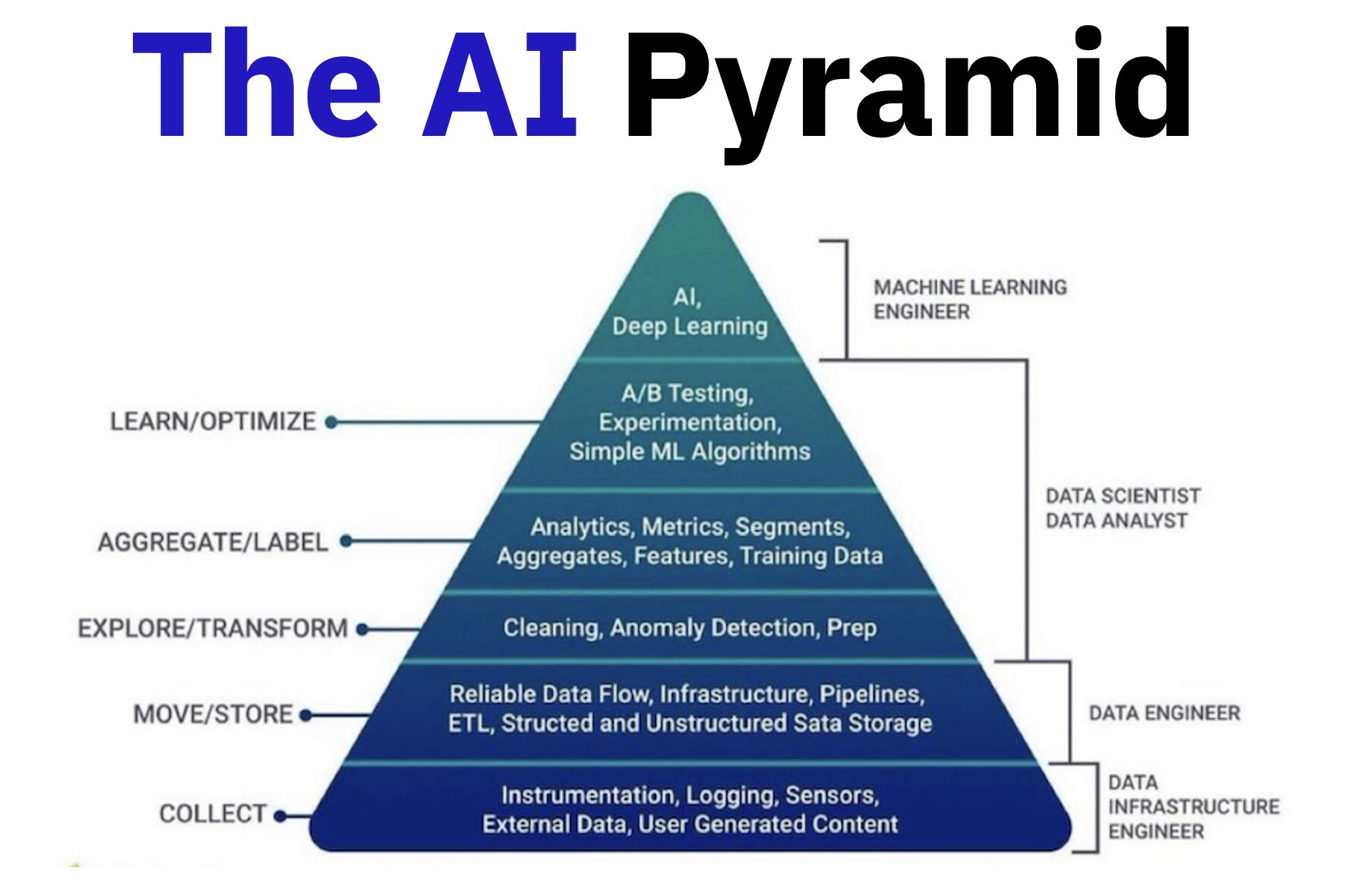
-
A Looming Threat to Bitcoin (and the financial world)- The Risk of a Quantum Hack
Advancements in quantum computing pose a potential threat to Bitcoin’s security. Google’s recent progress with its Willow quantum-computing chip has highlighted the possibility that future quantum computers could break the encryption protecting Bitcoin, enabling hackers to access secure digital wallets and potentially causing significant devaluation.
Researchers estimate that a quantum computer capable of such decryption is likely more than a decade away. Nonetheless, the Bitcoin developer community faces the complex task of upgrading the system to incorporate quantum-resistant encryption methods. Achieving consensus within the decentralized community may be a slow process, and users would eventually need to transfer their holdings to quantum-resistant addresses to safeguard their assets.
A quantum-powered attack on Bitcoin could also negatively impact traditional financial markets, possibly leading to substantial losses and a deep recession. To mitigate such threats, President-elect Donald Trump has proposed creating a strategic reserve for the government’s Bitcoin holdings.

-
posemy.art – Create Poses for Drawing Reference and AI apps in Seconds for Free
COLLECTIONS
| Featured AI
| Design And Composition
| Explore posts
POPULAR SEARCHES
unreal | pipeline | virtual production | free | learn | photoshop | 360 | macro | google | nvidia | resolution | open source | hdri | real-time | photography basics | nuke
FEATURED POSTS
Social Links
DISCLAIMER – Links and images on this website may be protected by the respective owners’ copyright. All data submitted by users through this site shall be treated as freely available to share.










